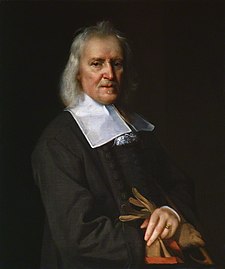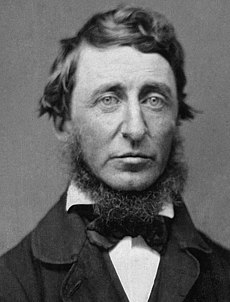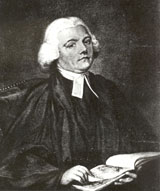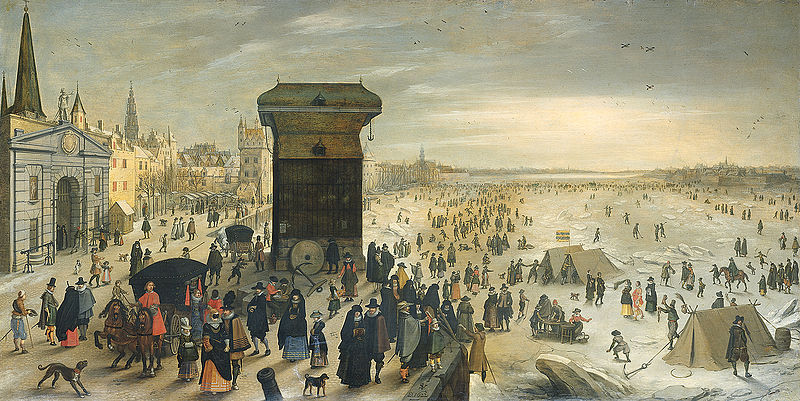Daglish was born in Islington,  London in 1892, the son of James William Daglish and Kate Annie Fitch. The family was originally fromWhickham in County Durham
London in 1892, the son of James William Daglish and Kate Annie Fitch. The family was originally fromWhickham in County Durham but moved to London in the mid 19th century and established a cabinet making and upholstery business.
but moved to London in the mid 19th century and established a cabinet making and upholstery business.
 London in 1892, the son of James William Daglish and Kate Annie Fitch. The family was originally fromWhickham in County Durham
London in 1892, the son of James William Daglish and Kate Annie Fitch. The family was originally fromWhickham in County Durham but moved to London in the mid 19th century and established a cabinet making and upholstery business.
but moved to London in the mid 19th century and established a cabinet making and upholstery business.
In 1922, Daglish left London and moved to Buckinghamshire Chilterns,
 where he sought to pursue his life-long ambition to write about the countryside and natural history. Just a year later, in 1923,
where he sought to pursue his life-long ambition to write about the countryside and natural history. Just a year later, in 1923, he published his first book. He developed an interest in engraving and joined the Society of Wood Engravers, and become close friends with other members aside from Paul and John Nash
he published his first book. He developed an interest in engraving and joined the Society of Wood Engravers, and become close friends with other members aside from Paul and John Nash such as Eric Gill(below)
such as Eric Gill(below) who lived in his area.
who lived in his area. As his skills in wood engravings developed, he illustrated many of his books, mostly in black and white. However, hisBirds Of The British Isles (1948) was in colour with a total of 48 engravings, 25 in colour and the cover of the book had a coloured wood engraving of goldfinches.He also illustrated books by other authors, classics by Izaak Walton
As his skills in wood engravings developed, he illustrated many of his books, mostly in black and white. However, hisBirds Of The British Isles (1948) was in colour with a total of 48 engravings, 25 in colour and the cover of the book had a coloured wood engraving of goldfinches.He also illustrated books by other authors, classics by Izaak Walton  such as Compleat Angler,The Compleat Angler was first published in 1653, but Walton continued to add to it for a quarter of a century. It is a celebration of the art and spirit of fishing in prose and verse; 6 verses were quoted from John Dennys's 1613 work Secrets of Angling. It was dedicated to John Offley, his most honoured friend. There was a second edition in 1655, a third in 1661 (identical with that of 1664), a fourth in 1668 and a fifth in 1676. In this last edition the thirteen chapters of the original have grown to twenty-one, and a second part was added by his friend and brother angler Charles Cotton, who took up Venator where Walton had left him and completed his instruction in fly fishing and the making of flies.
such as Compleat Angler,The Compleat Angler was first published in 1653, but Walton continued to add to it for a quarter of a century. It is a celebration of the art and spirit of fishing in prose and verse; 6 verses were quoted from John Dennys's 1613 work Secrets of Angling. It was dedicated to John Offley, his most honoured friend. There was a second edition in 1655, a third in 1661 (identical with that of 1664), a fourth in 1668 and a fifth in 1676. In this last edition the thirteen chapters of the original have grown to twenty-one, and a second part was added by his friend and brother angler Charles Cotton, who took up Venator where Walton had left him and completed his instruction in fly fishing and the making of flies.  and the works of Henry David Thoreau
and the works of Henry David Thoreau , and also engraved the works of the naturalists Gilbert White
, and also engraved the works of the naturalists Gilbert White and W. H. Hudson
and W. H. Hudson  with high quality engravings. Daglish was also a keen painter and painted many pictures, notably of birds such as parrots.Daglish studied at Hereford County College and the University of London
with high quality engravings. Daglish was also a keen painter and painted many pictures, notably of birds such as parrots.Daglish studied at Hereford County College and the University of London  and the Royal Field Artillery in Ireland, Flanders
and the Royal Field Artillery in Ireland, Flanders and France. After the war he continued serving the army, becoming an education officer for the Woolwich Garrison
and France. After the war he continued serving the army, becoming an education officer for the Woolwich Garrison  He went on to become a professional naturalist lecturing on zoology at Toynbee Hall
He went on to become a professional naturalist lecturing on zoology at Toynbee Hall  and became a member of the Society of Wood Engravers and was taught wood engraving by close friend and fellow member Paul Nash. In 1920 he exhibited three wood engravings at the opening exhibition of the Society.
and became a member of the Society of Wood Engravers and was taught wood engraving by close friend and fellow member Paul Nash. In 1920 he exhibited three wood engravings at the opening exhibition of the Society.
Today Daglish's engravings are owned by the British Museum, the Victoria & Albert Museum, art galleries in Liverpool, Manchester, and the Metropolitan Museum of New York,Boston and Philadelphia.
Daglish was also a noted dog enthusiast and judged at many dog shows, including Crufts. He authored several successful handbooks on various dog breeds such as The Dog Breeder's Manual in 1951.
He died in 1966. He is survived by two sons (twins) and one daughter from his first marriage to Alice Archer, and by one daughter and a son from his second marriage to Esther Lena Rutland. His son Stephen Daglish has conducted and published research on the tracing the origins of the Daglish family name.
No comments:
Post a Comment